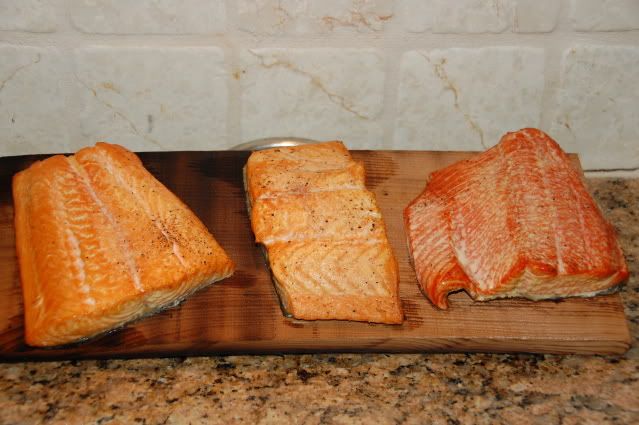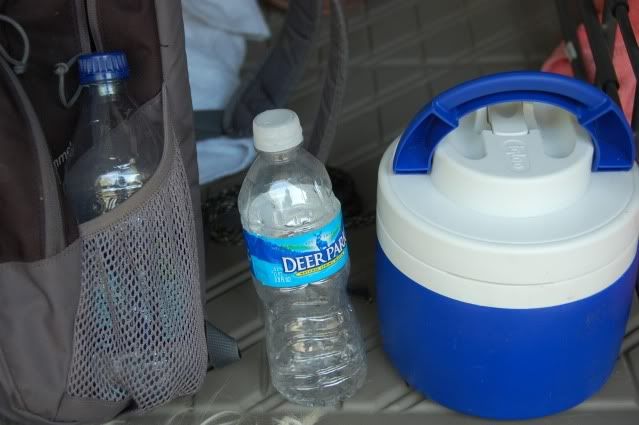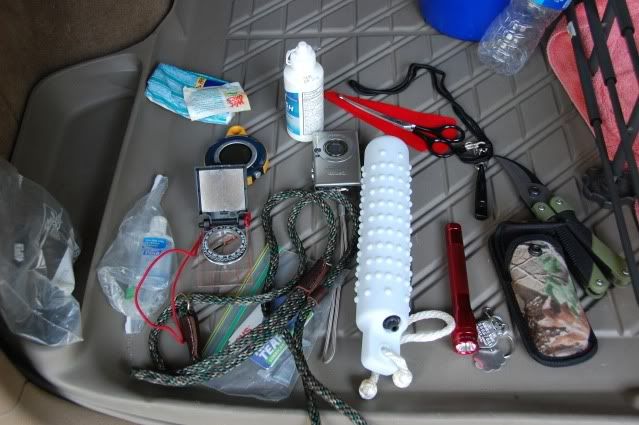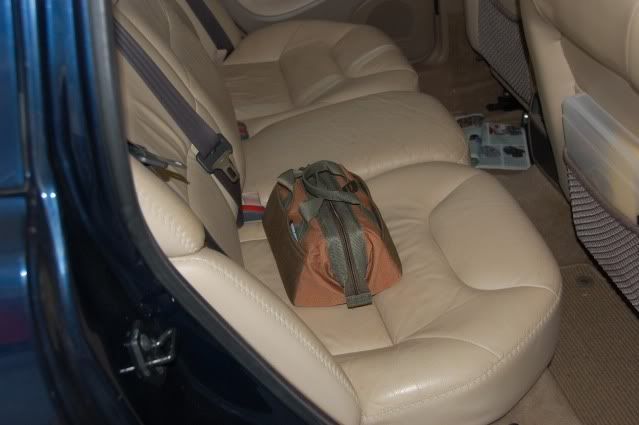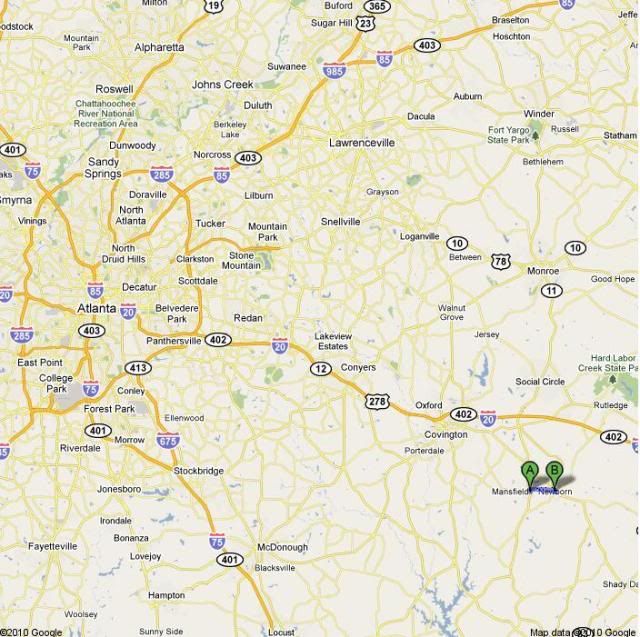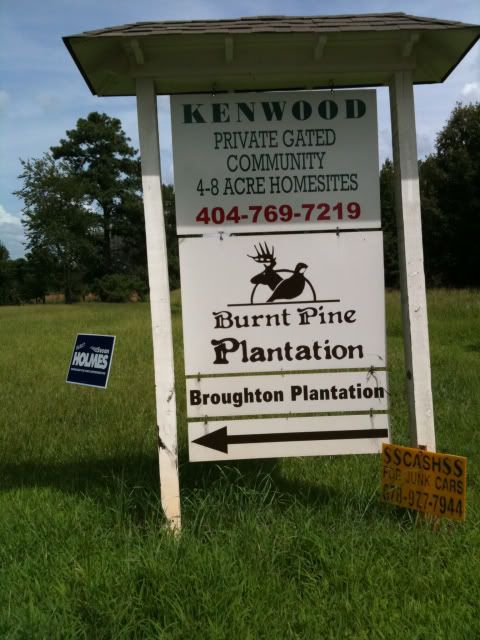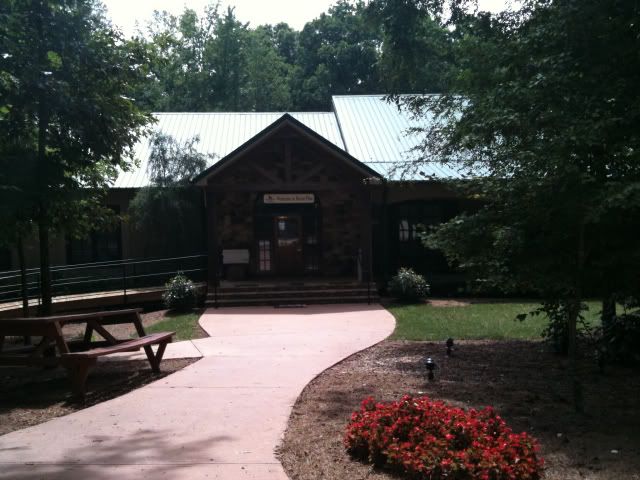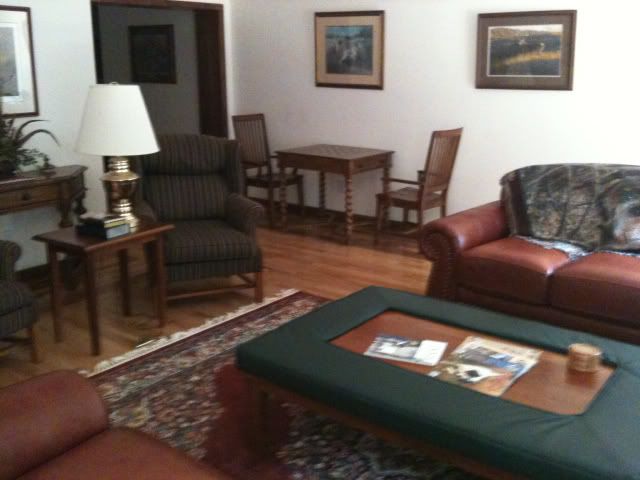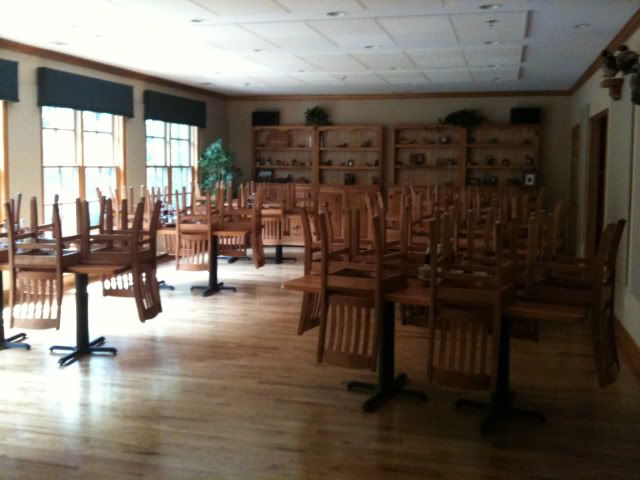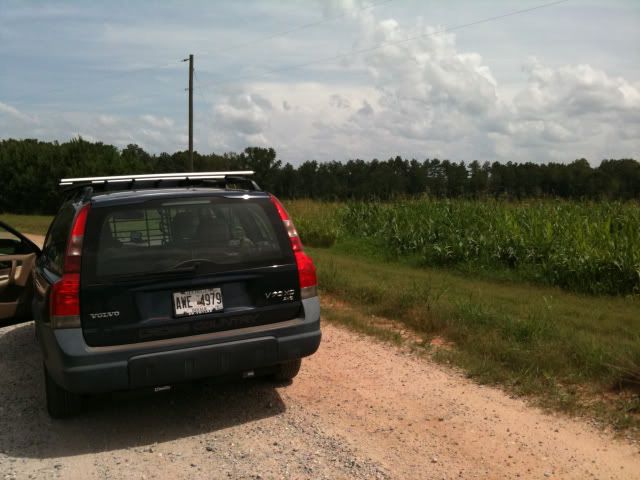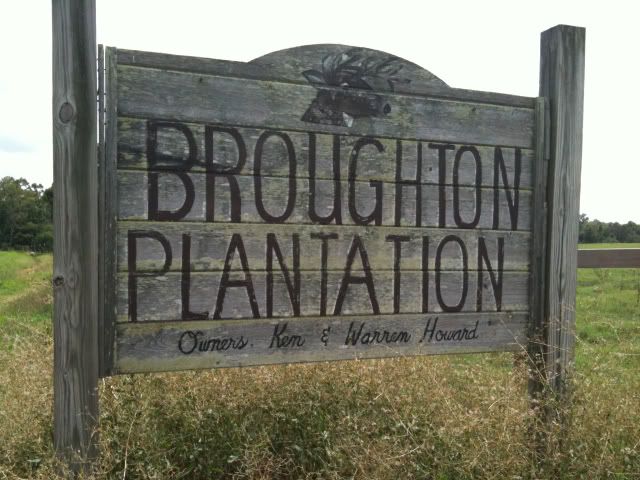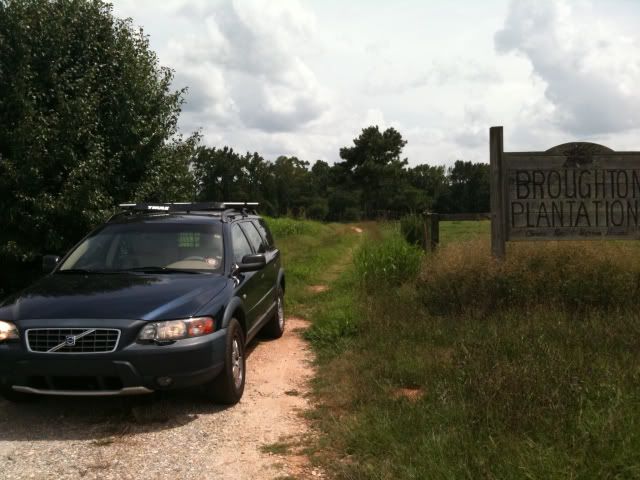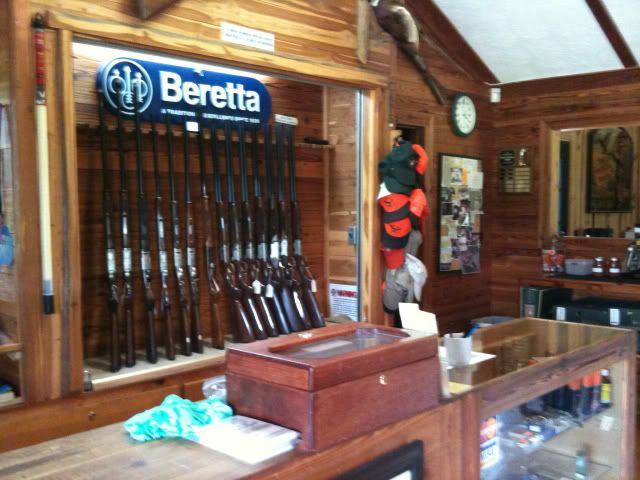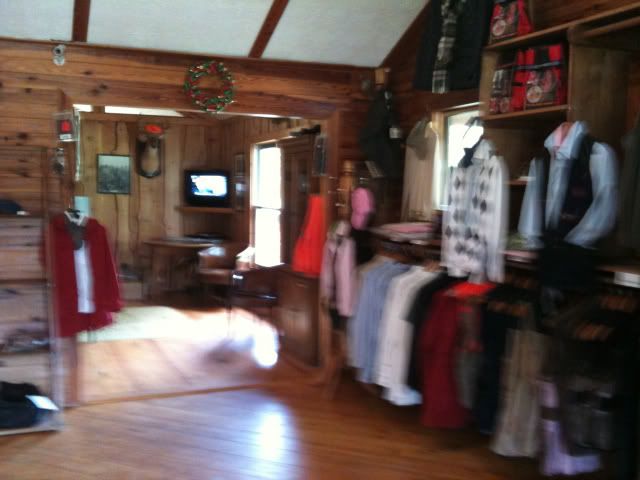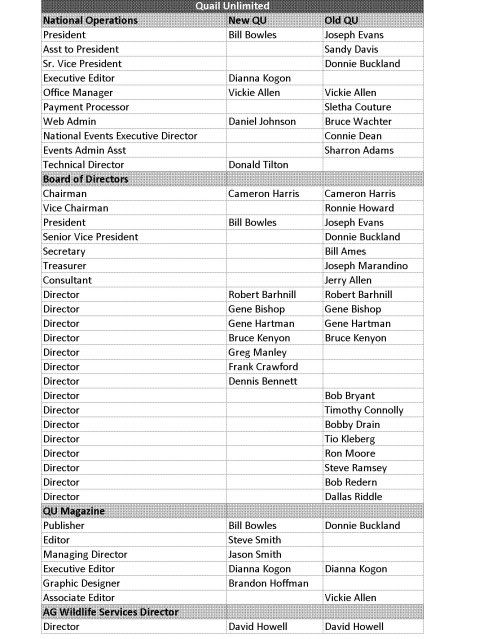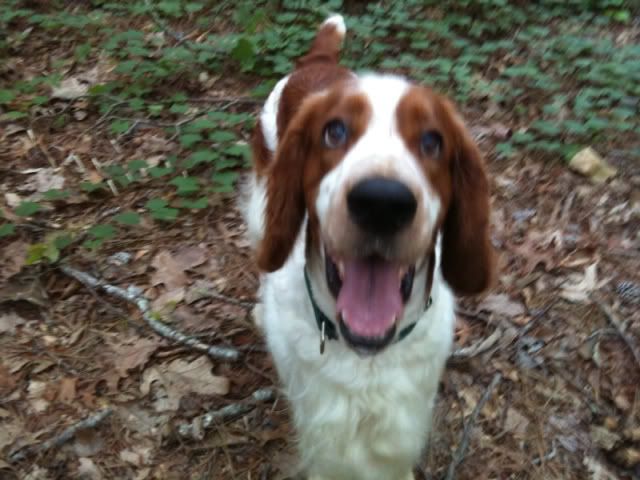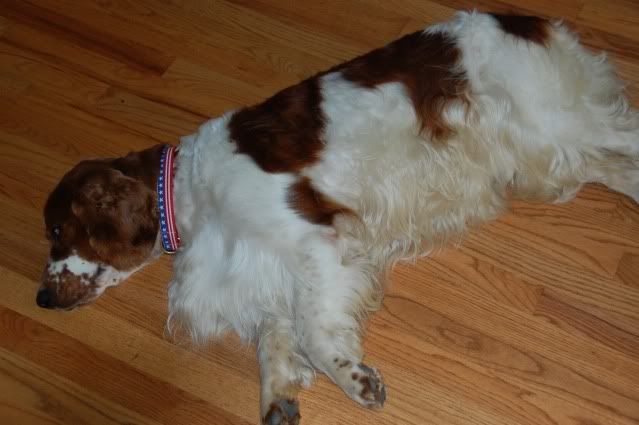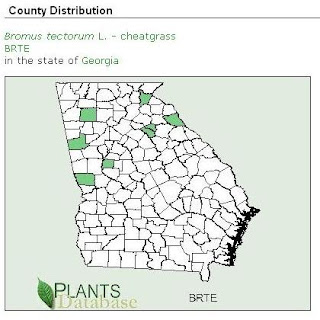Training a hunting dog is complicated by the fact that you have to find a place where fat gamebirds can be chased and shotguns can be shot. This eliminates the backyard and nearby Murphey Candler little league field.
On Saturday, I drove east on I-20 to the little town of Newborn, Ga to visit some possible training grounds. I wanted to find a field equidistant from Atlanta and Athens, Ga because our group may include a fellow from Athens.
The
National Shooting Sports Foundation has a
link to help find venues that are close to you. After some experimentation, I found two possibilities in Newborn, Ga, and one in nearby Mansfield, both of which are about 45 miles east of Atlanta on I-20.
Newborn and Mansfield are 45 miles east of Atlanta.
My first stop was
Burnt Pine Plantation in Newborn.
Newborn, Ga is home to Burt Pine and Broughton Plantations.
I drove to the lodge and met with Sean, the assistant manager, just back from an Alaskan vacation. Sean said that Brian, the manager, may have a better idea about the viability and cost of dog training on the property, but he invited me to look around. The facilities are very impressive. Burnt Pine looks like a great place for a gathering of bird hunting aficionados, and I might stop by this fall.
Burnt Pine has a wel- coming club- house.
Bar and game room. Pool table at right.
A cozy library encourages con- versation after a day's hunt.
Breakfast room.
This corn will be mowed into rows come October.
My next stop was the Broughton Plantation. I had called ahead, but was greeted with a discontinued number, and no wonder. The clubhouse looked like the Bates Motel. But, honestly, it might be worth staying there anyway.
The reason was everywhere as I pulled into the driveway and scared up a fluttering of bobwhites from the drive itself, the pasture on the right, and the pond bank on the left. No doubt these were wild quail descended from farm stock. I don't have any photos of the Bates Motel - - or the Broughton Plantation - - other than the sign at the entrance.
Wild quail exploded from just beyond this sign.
Wild quail were burrowed right into the grassy driveway at the Broughton Plantation.
My final stop was the Burge Plantation in Mansfield, Ga.
I walked up on a family shooting 5-stand and struck up a conversation with the dad. It turns out that Burge Plantation is a private club with a rumored waiting list of 20,000 or 200 or something like that. So it is eliminated as a training cite. Burge has a nice looking clubhouse and some interesting sporting clay courses.
Berettas on display at Burge Plantation.
I visited Burge Plantation and all I got was this T-shirt.


